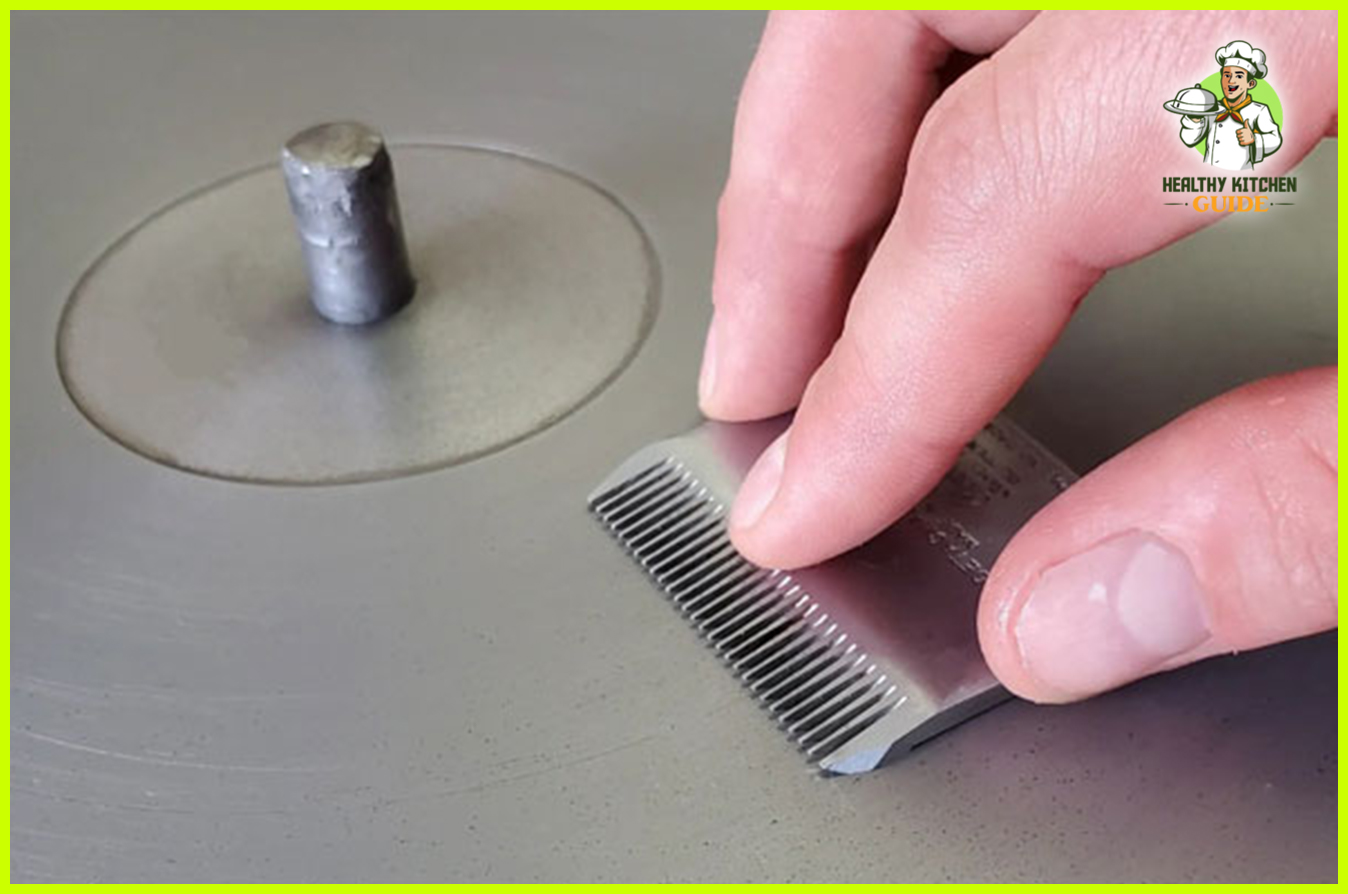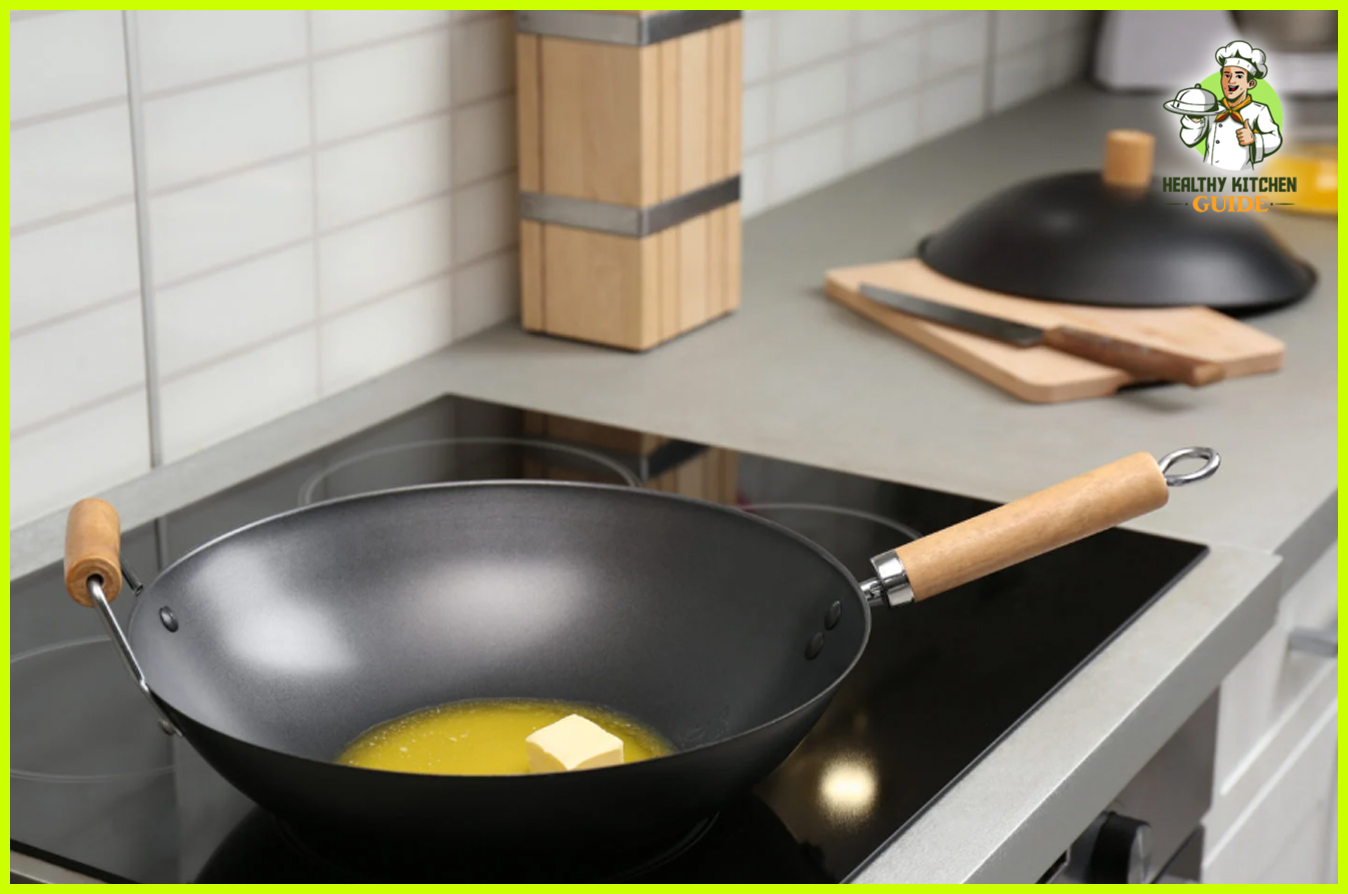To sharpen a whittling knife, use a sharpening stone or honing guide for optimal results. Maintaining a sharp knife edge is crucial for precise carving and shaping wood.
Whittling, a centuries-old craft, relies on the sharpness of the knife to achieve intricate details and smooth finishes. Thus, learning how to sharpen a whittling knife is essential for any aspiring or experienced woodcarver. We will explore the step-by-step process of sharpening a whittling knife using different methods, as well as provide tips for maintaining and caring for the knife.
By following these guidelines, you can enhance your whittling experience and improve the quality of your woodcarving projects.
Why A Sharp Whittling Knife Is Essential For Success
Having a sharp whittling knife is essential for success in wood carving. A sharp knife allows for better control and precision in carving, enabling you to create intricate and detailed designs. It also reduces the risk of accidents and injuries as a dull knife can slip and cause unintended cuts. With a sharp knife, wood removal becomes smooth and effortless, allowing you to achieve the desired results more easily. Regularly sharpening your whittling knife is crucial to maintaining its sharpness and effectiveness. Make sure to use the appropriate sharpening tools and techniques to keep your knife in optimal condition. By keeping your whittling knife sharp, you can enhance your carving skills and enjoy a more satisfying and enjoyable wood carving experience.
How To Assess If Your Whittling Knife Needs Sharpening
- Difficulty making precise cuts
- Tearing or crushing the material instead of cleanly cutting through
- Increased effort required to whittle or carve
- Blade slipping easily from the material’s surface
- Irregular or jagged cuts
To determine if your whittling knife needs sharpening, you can conduct a simple test. Gently slide the blade across a piece of paper, aiming to achieve a clean and effortless cut. If the blade drags, catches, or tears the paper, it’s time to sharpen the knife.
Maintaining a sharp whittling knife is crucial for achieving clean cuts, improving carving precision, and minimizing the risk of accidents. Regular maintenance not only enhances its performance but also prolongs the lifespan of the knife. Proper sharpening techniques, such as using a whetstone or honing guide, should be employed to maintain its sharpness. Additionally, proper storage and care, such as keeping the knife dry and oiled, can prevent corrosion and damage.
Gathering The Right Equipment
When sharpening a whittling knife, having the right equipment is essential. Sharpening stones or whetstones are a popular choice for achieving a razor-sharp edge. They come in different grits, ranging from coarse to fine, allowing you to adjust the level of sharpness according to your needs. Another useful tool is a honing guide, which helps maintain a consistent angle during sharpening. This ensures that your knife is sharpened evenly and prevents any accidental damage to the blade. Lastly, a stropping leather or honing compound can be used to further refine the edge and polish the blade, resulting in a smoother cut.
Selecting The Appropriate Grit For Sharpening
Choosing the right grit for sharpening your whittling knife is crucial to achieving the desired results. Understanding grit sizes and their usage will help you make an informed decision. When it comes to selecting the appropriate grit, it is important to consider the initial sharpening and honing stages.
Grit sizes typically range from coarse to fine, with lower numbers representing coarser grits and higher numbers indicating finer grits. Coarse grits, such as 80 or 120, are ideal for initial sharpening and removing dullness or nicks from the blade. Medium grits, ranging from 240 to 800, are suitable for refining the edge and removing scratches. Fine grits, above 800, are used for honing and polishing the blade to a razor-sharp finish.
When choosing the grit size, keep in mind the condition of your knife and the level of sharpness you desire. If your knife has a significantly dull edge, starting with a coarse grit is recommended. However, if your knife only requires a touch-up, a medium or fine grit will suffice.
Preparing The Knife For Sharpening
Before you begin sharpening your whittling knife, it is important to prepare the blade properly. One important step is cleaning the blade. Use a soft cloth or paper towel to remove any dirt, debris, or rust from the blade. It is essential to have a clean surface for sharpening to ensure effective results.
After cleaning the blade, it is important to properly secure the knife for sharpening. This can be done using a knife sharpening stand or clamp to hold the knife securely in place. By securing the knife, you can maintain better control and prevent accidents during the sharpening process.
Using The Sharpening Stone
When sharpening your whittling knife, it is crucial to use the right technique. One of the most common and effective methods is to use a sharpening stone. This tool helps to restore the edge of your knife, giving it a sharp and durable cutting edge.
Correct Sharpening Angle
The correct sharpening angle is essential to maintain the sharpness of your whittling knife. It is recommended to sharpen the blade at an angle of 20 to 25 degrees. This ensures that you remove the dullness without causing any damage to the blade.
Techniques For Sharpening Strokes
When sharpening your knife, it is important to use the proper sharpening strokes. This includes using consistent and even pressure throughout the process. You can use long, sweeping strokes or circular motions, depending on your preference and the type of blade you have.
Ensuring Even And Consistent Sharpening
To ensure even and consistent sharpening, it is essential to maintain a steady hand throughout the process. Avoid applying excessive pressure, as it can lead to uneven sharpening. It is also recommended to alternate the sides of the blade to achieve a balanced edge.
Honing The Knife For A Razor-sharp Edge
Understanding the honing process is crucial for achieving a razor-sharp edge on your whittling knife. Using a honing guide can help you achieve consistent results every time you sharpen your knife.
When honing, it’s important to follow a few tips to ensure a polished and refined edge. First, make sure your knife is clean and free from any debris or tarnish. Next, choose the right grit size for your sharpening stones. Coarse grits are used for initial shaping and removing nicks, while finer grits are used for finishing and refining the edge.
Additionally, maintain a consistent angle when honing, as a slight variation can affect the sharpness of your knife. Start with a higher angle and gradually decrease it as you progress to finer grits. Finally, use a stropping motion at the end of the honing process to remove any burrs and polish the edge to perfection.
Remember, honing your whittling knife regularly will ensure it remains sharp and ready for all your carving projects.
Disclaimer: This blog post is intended for informational purposes only. Always exercise caution when sharpening and handling knives.
Maintaining The Sharpness Of Your Whittling Knife
Keeping your whittling knife sharp is essential for achieving clean and precise cuts. One effective technique for maintaining and restoring sharpness is stropping. Stropping involves sliding the blade across a strop, a strip of leather or canvas, to realign the microscopic burrs that form on the cutting edge. This process can be done regularly to keep the knife at its peak performance.
Regular honing is also crucial for prolonging the sharpness of your whittling knife. Using a honing rod, ceramic sharpening stone or diamond plate, gently run the blade against these tools to remove any dulled metal and achieve a fresh edge. It’s recommended to hone the knife before each use to ensure optimal sharpness.
Avoiding common mistakes that dull the blade is equally important. Be careful to avoid using your whittling knife on hard surfaces, as this can cause the edge to chip or become dull quickly. Additionally, refrain from pressing too forcefully while making cuts, as excessive pressure can lead to damage. Always handle the knife with care and store it in a protective sheath or pouch to prevent accidental damage.
Troubleshooting Common Sharpening Issues
When sharpening your whittling knife, it’s common to encounter a few issues. One issue you might face is uneven sharpening. This occurs when the blade is not sharpened evenly along its length, leading to an inconsistent cutting edge. To troubleshoot this, make sure to maintain consistent pressure and angle while sharpening, and always start from the base of the blade.
Another issue that may arise is losing blade temper. This happens when excessive heat is generated during the sharpening process, causing the blade to become soft and lose its hardness. To avoid this, use a lubricant such as honing oil or water while sharpening, and take breaks to allow the blade to cool down if it becomes too hot.
Over-sharpening and blade thinning is yet another common problem. It occurs when you remove too much material from the blade, resulting in a thin and weak cutting edge. To prevent this, be mindful of how much material you remove during each sharpening session. Regularly inspect the blade’s thickness to ensure you’re not thinning it excessively.
Safety Measures During Knife Sharpening
When it comes to sharpening a whittling knife, it is crucial to prioritize safety. Follow these safety measures to ensure a secure sharpening process:
Using A Secure Work Surface
- Choose a stable and non-slip work surface for sharpening your knife.
- Ensure the surface is at a comfortable height to avoid strain.
- Keep the work area clean and free from distractions.
Proper Handling Of Sharp Objects
- Hold the knife by the handle with a firm grip to prevent accidents.
- Avoid pointing the knife towards yourself or others while sharpening.
- Work in a well-lit area to easily spot any risks.
Protective Equipment For Safe Sharpening
- Wear protective gloves to reduce the risk of cuts.
- Use safety goggles to shield your eyes from flying debris.
- Consider using an apron or protective clothing to minimize injuries.
By ensuring a secure work surface, proper handling of sharp objects, and the use of protective equipment, you can safely sharpen your whittling knife. Remember to be focused and cautious throughout the process to avoid any accidents.
Enjoying The Benefits Of A Sharpened Whittling Knife
A sharpened whittling knife enhances your carving experience, making woodwork both safe and enjoyable. With a sharp blade, you can create precise cuts and intricate designs effortlessly. Not only does a well-sharpened knife offer better control and accuracy, but it also minimizes the risk of slipping, which avoids potential injuries.
When your whittling knife is sharp, you can easily glide through the wood, reducing the effort required and allowing for a smoother carving process. A dull knife, on the other hand, can lead to frustration and imprecise cuts, hindering your creative flow.
Sharpening your whittling knife frequently ensures that it maintains its optimal performance. It is recommended to use a sharpening stone or a honing guide to maintain the blade’s sharpness. Regular maintenance will prolong the life of your knife and guarantee enjoyable whittling experiences for years to come.
| Enjoying the Benefits of a Sharpened Whittling Knife | Improved carving experience |
|---|---|
| Safe woodwork | – Sharp blades reduce the risk of injuries |
| Enhanced precision | – Sharp knives offer better control and accuracy |
| Smoother carving process | – Sharp blades glide effortlessly through the wood |
| Reduced effort | – Sharp knives require less force to create cuts |
| Prolonged knife life | – Regular sharpening maintains optimal performance |
Frequently Asked Questions For How To Sharpen Whittling Knife
How Often Should I Sharpen My Whittling Knife?
Sharpen your whittling knife whenever you notice it becoming dull or less effective in carving.
What Are The Signs That My Whittling Knife Needs Sharpening?
If you find it harder to make clean cuts, notice more resistance while carving, or see wood fibers pulling instead of cutting smoothly, it’s time to sharpen your whittling knife.
What Tools Do I Need To Sharpen My Whittling Knife?
You’ll need a sharpening stone or a set of sharpening stones, honing oil or water, and a leather strop to sharpen your whittling knife.
How Do I Sharpen A Whittling Knife Using A Sharpening Stone?
Start by wetting the stone, then hold the blade at a consistent angle, making smooth strokes along the stone’s surface. Repeat the process until you achieve a sharp edge.
Can I Use A Honing Guide To Sharpen My Whittling Knife?
Yes, a honing guide can help maintain a consistent blade angle while sharpening your whittling knife. It ensures precise results and minimizes the risk of improper sharpening.
Is It Necessary To Strop My Whittling Knife After Sharpening?
Stropping your whittling knife after sharpening helps to refine the edge, remove any burrs, and enhance its cutting performance. It’s an important step in achieving a razor-sharp edge.
Conclusion
To conclude, sharpening a whittling knife is an essential skill for any woodworker or hobbyist. By following the steps outlined in this guide, you can ensure that your knife remains sharp and ready for precise carving. Remember to regularly maintain and sharpen your knife to prolong its lifespan and maintain optimal performance.
With proper care and attention, your whittling knife will continue to provide endless opportunities for creativity and enjoyment. Start honing your skills today and let your imagination run wild. Happy whittling!




Leave a Reply